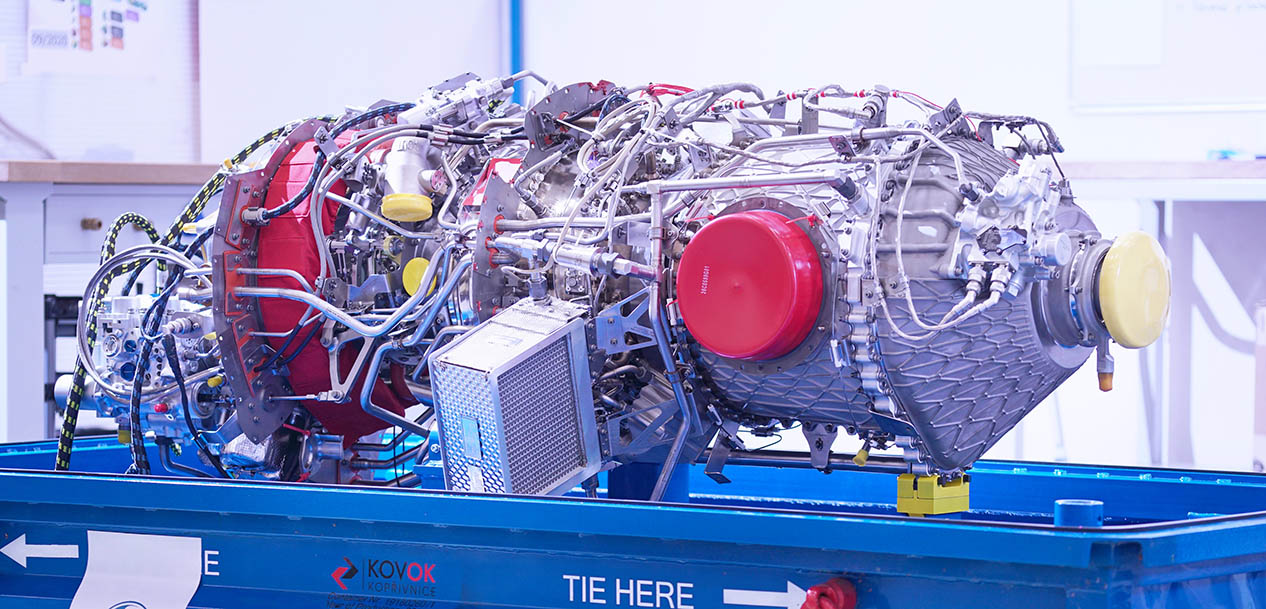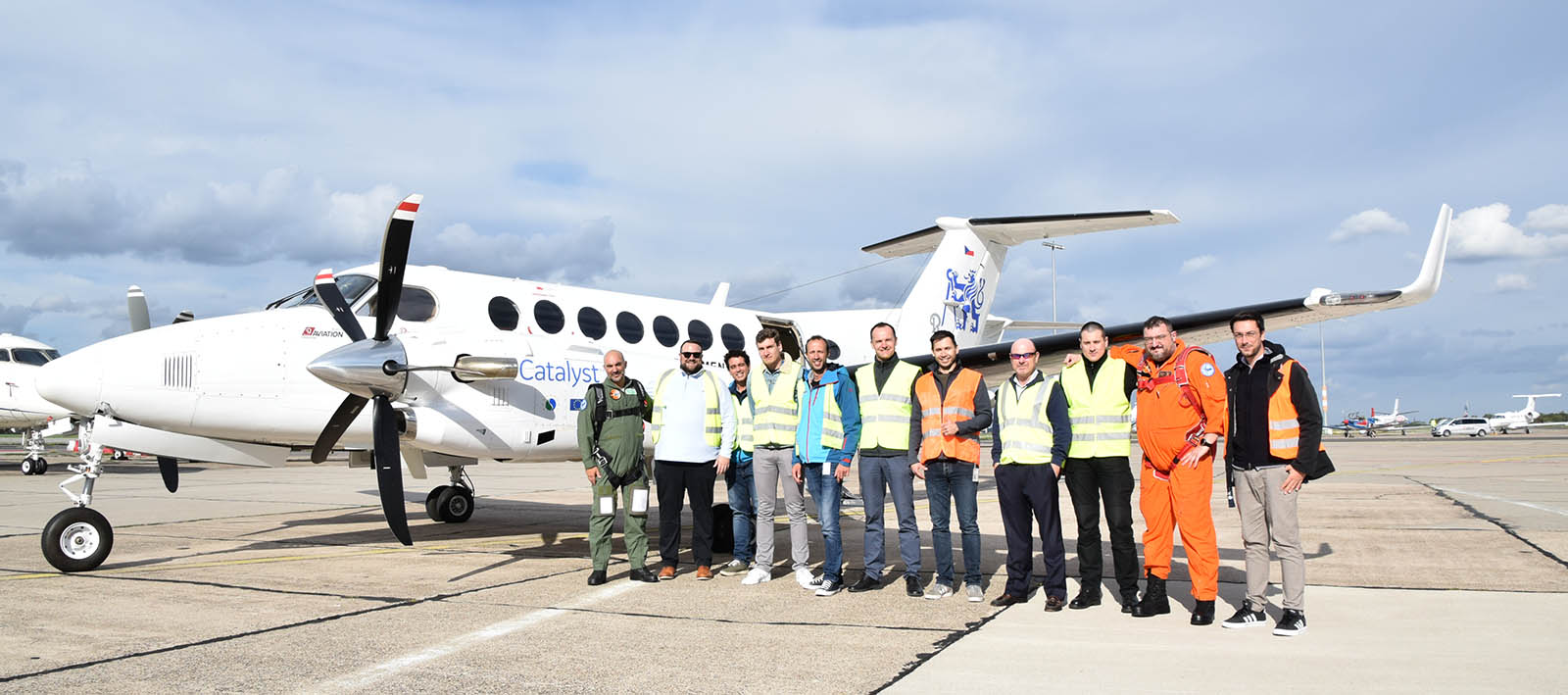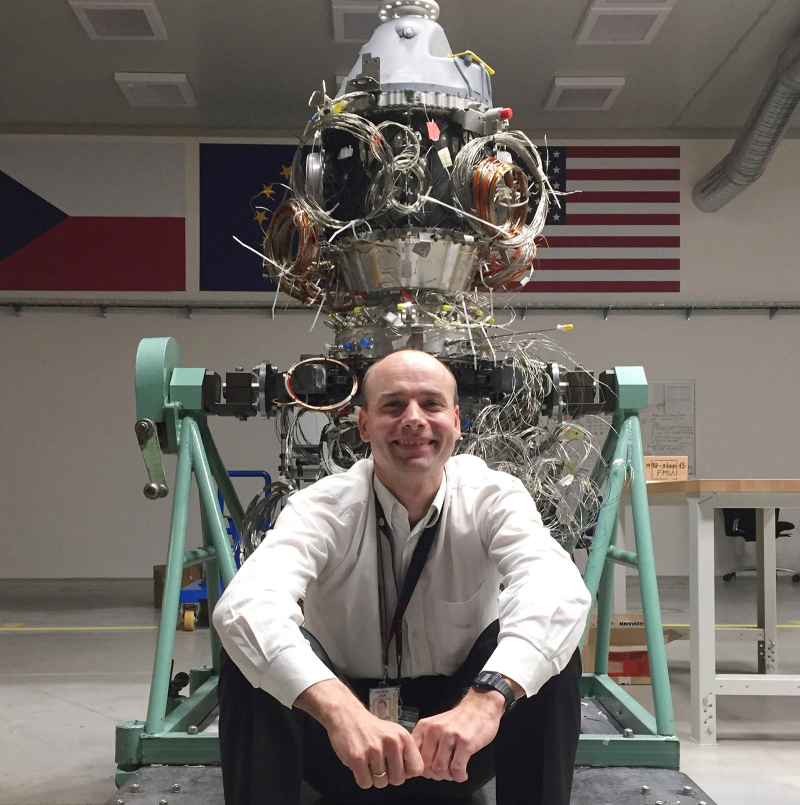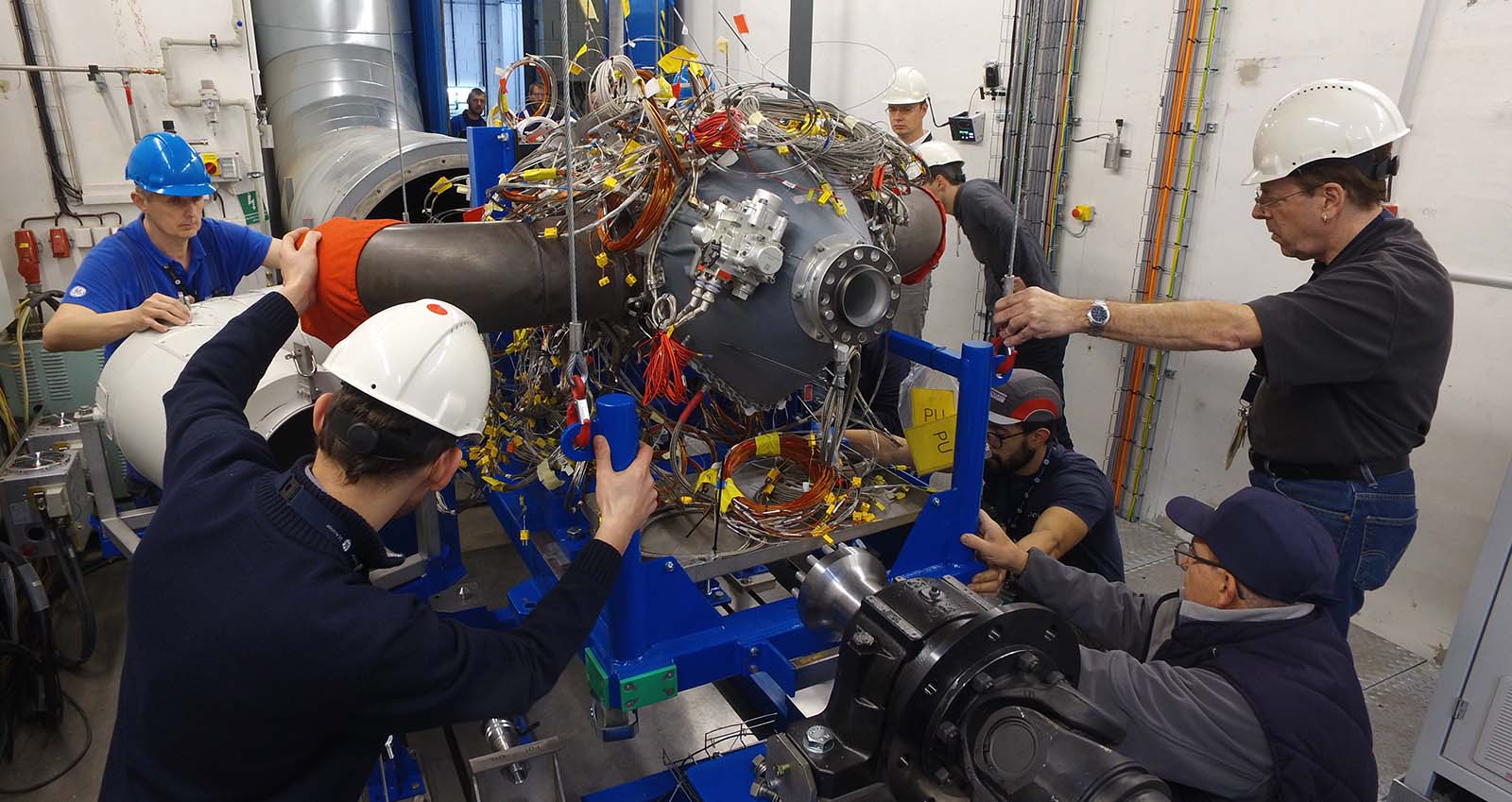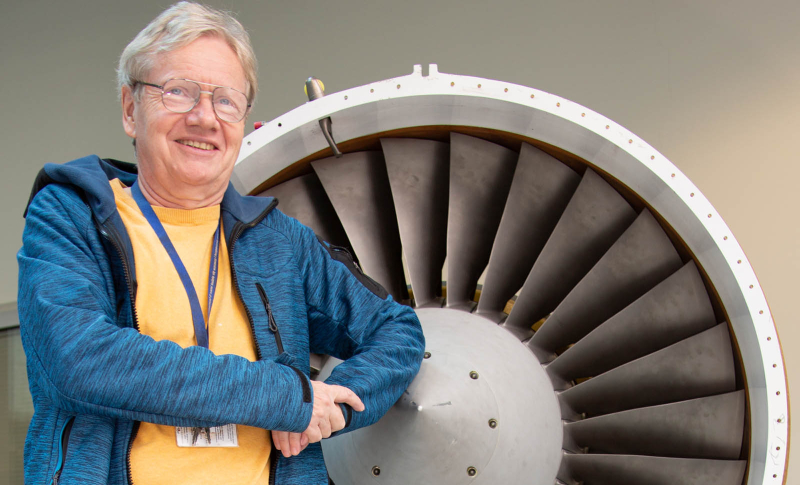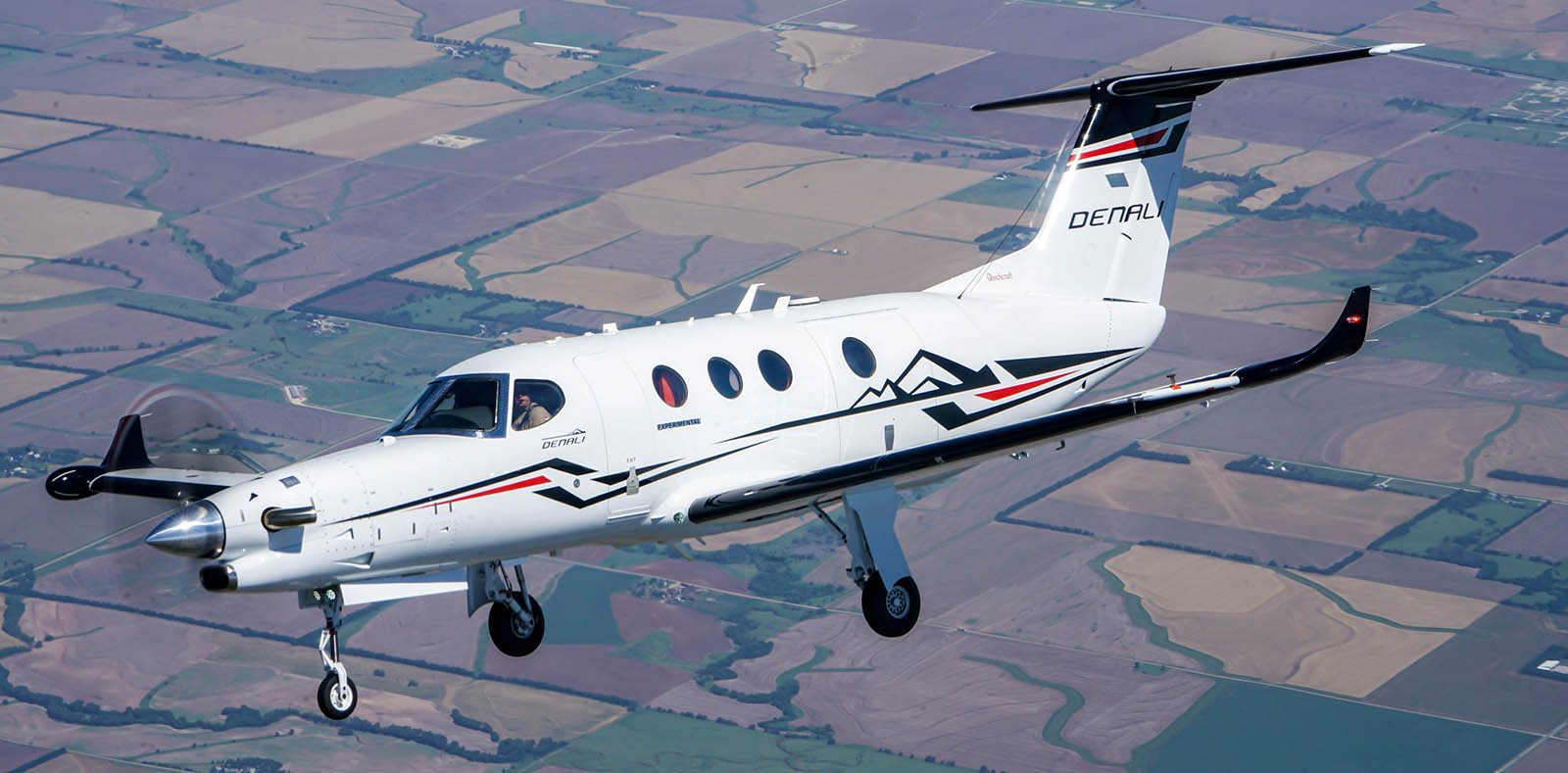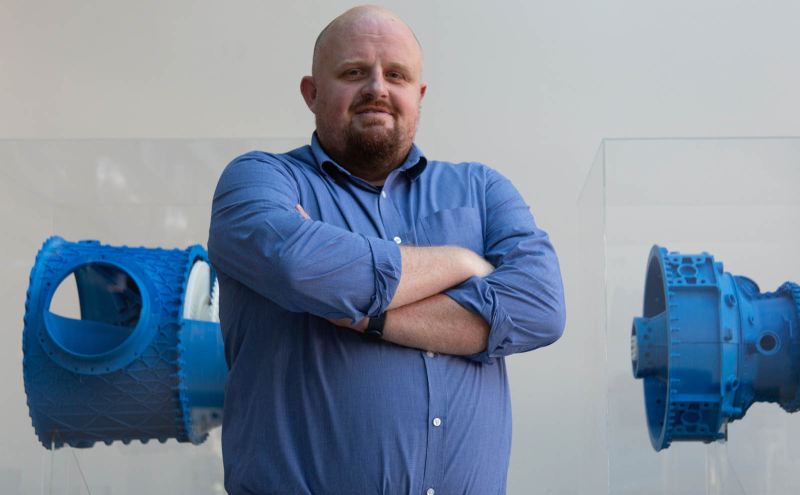Invent
A Polish speaking Catalyst
The ingenuous engineering minds from Poland behind the all-European new turboprop engine and their lifetime technological adventure, from the beginning to the next milestone.
Nov 2022
From its conception, all the way through its development and up to the maiden flight in Berlin, the Catalyst engine program was based in Europe - across Czech Republic, Italy, Germany and Poland. This came with the goal of creating several technological solutions and innovations for this advanced engine – the first brand-new turboprop in over 50 years - right from a clean sheet.
More than half of the engineers who worked on the Catalyst design and development are based in Poland: a country with a notable aviation legacy. It was the ingenuity of many engineering experts that added a key contribution to the Catalyst’s success, including its ability to perform an industry-best 16:1 overall pressure ratio.
“Seven years ago, the Catalyst was taking just its first steps” – says Janek Biskupski, Catalyst Systems Engineering Leader. Only six years later, the Catalyst took to the skies: “in less than two years, we achieved the engine first start in a test cell and, after another three years, we leaped from a draft to a flying engine”. Today, this “young engine” collected over 700 flight hours on board four different test airplanes, providing remarkable feedback.
In 2013 and 2014, Polish GE Aerospace engineers in Warsaw were ready to take on new challenges. Initially, there was just a dozen people, but they quickly rose to nearly a hundred. “Catalyst opened a whole new prospect and a new era for us – not only because of its design and technological solutions, but also for our project management expertise. It was the first time that our site in Poland participated in such project from the very beginning”, continues Biskupski.
When the project started in 2015, the first development investments totaled about $400 millions. “We knew perfectly well what we were up against, but at the same time we were certain that we had everything we needed to build an engine never seen before on the market. We used the knowledge we had from 15 years of working on the largest aviation engines to create even better and more compact solutions for the Catalyst turboprop”, says Biskupski.
From the start, inventing this engine proved to be an uphill struggle: for instances, the design of a cooling system for the high-pressure turbine from scratch. There, the ingenuity came into place. “For me, this program started with a tough task: the Chief Engineering Office asked us to design airfoils for a cooled high-pressure turbine from scratch, in just three weeks”, recalls Tomasz Bulsiewicz, GE Aerospace Thermal Systems Design & Component Cooling Consulting Engineer.
Just like in an exam, the assignment was determining the level of expertise of the Polish team before making them responsible for one of the most important Catalyst components. “In the beginning, we put together a group of five engineers. Every single person in our team is among the most experts in their field. We locked ourselves for three weeks in a separate building at the engineering centre in Warsaw. During that time, you could hear whispers across the center like if we were on a special mission inside there, cause nobody knew what we were working on!” Bulsiewicz smiles.
“Catalyst opened a whole new prospect and a new era for us – not only because of its design and technological solutions, but also for our project management expertise"
“In the end, we achieved not just the design concept itself, but we also developed simplified analytical models and suggested how to implement the design in compliance with requirements. Later, we even heard some feedback that our Chief praised our expertise and approach: there must be a grain of truth into that, because soon after we became a part of the Catalyst program”.
But for this Polish team, designing that key component was a challenge that you could call a “dream come true”. And being able to face such a challenge also means years of meticulous preparation: countless conferences, piles of technological papers and trials with similar projects. “From my very first day in this company, my ambition has always been to create a cooled airfoil. For years, I have been hearing that it wasn’t plausible. But we demonstrated it was possible with our passionate work and thanks to many talented engineers who spent countless hours to make it happen”, claims Bulsiewicz.
In fact, these engineers - responsible for the design of Catalyst engine’s high- and low-pressure turbines, exhaust, compressor and mechanical systems - brought to life the first turboprop engine in its class to introduce two stages of variable stator vanes in the compressor, cooled high-pressure turbine blades, a number of 3D printed parts, bearings, sumps, and several engine systems. Therefore, half of all modules designed for this engine have module leaders in Poland.
The total 200 engineers from Poland engaged in this endeavor is no surprising figure. GE Aerospace and Avio Aero hold multiple facilities in Poland, in addition to the engineering center in Warsaw: a large test facility in Zielonka - Polonia Aero, the Avio Aero Bielsko-Biała site and Dzierżoniów site. The number of tech specialties and the level of expertise around those sites is really jaw dropping.
Therefore, when the need to join forces and grow the team arises, specialists in Poland are just one call away from each other. Maciej Chomicz, a GE Aerospace Senior Mechanical Component Engineer from Warsaw, needed just one day to pack his things and relocate to Bielsko-Biała for six months to support the local team in designing rotors for a low-pressure turbine. “During a random conversation with one of my colleagues, I heard that the team in Bielsko was looking for a mentor in rotor design, and I knew I could do that” Chomicz says.
The biggest challenge was (as usual) the timeline. “That was our second priority, following safety, as always. We really had to give everything we had to finish the design. We knew that if we would fail to start the engine on the test bench on time, this could have diverted the whole program. They have been very intense six months, but I would do that again”, recalls Chomicz.
Janek Sikorski, a GE Aerospace Mechanical Component Consulting Engineer, has worked on the Catalyst program from the very first day as well. “It was a natural continuation of my work on smaller engines like CT7, Honda HF118 and H80. In the concept phase, I started with the design then I supported the fast-growing team working on the compressor and its integration” explains Sikorski.
"For me, the proudest moment was the start of the First Engine to Test, in 2017... we had a lot of emotional moments over these years, but not all of them were cheerful"
But what really made this product different was the fact that all engineers were based in Europe, a few hundred kilometers away from each other. “Frequent visits to the ‘golden’ Prague’s Turboprop headquarters facilitated the integration of the project team. We were able to visit production site and get the perspective that was unavailable in other engine lines”, continues Sikorski. “For me, the proudest moment was the start of the First Engine to Test, in 2017. We had a lot of emotional moments over these years, but not all of them were cheerful. A few times testing campaigns required new or more strains, and we always came back on tracks”.
Far from a word game, the Catalyst program was truly a “catalyzer” for European cooperation. In this project it was the people who made a difference: even when moving across four countries during the troublesome pandemic times, which necessarily slowed down the comprehensive teamwork. When there was need for more people to expedite the engine testing campaign, project leaders got a helping hand from Poland.
Filip Sęk, a Test Engineer based in Polonia Aero in Zielonka, moved to Czech Republic for more than a year. “It took me about a week to talk it through with my wife and I decided to join the Catalyst testing team. Even though I have a wide experience with engine components testing, it’s been my first opportunity to test the whole engine, and even to be part of the engine certification”, Sęk says.
Filip Sęk is a vital part of the longest running certification test in the Catalyst program. Initial Maintenance Interval (IMI) is a test in which the engine operates in ground conditions, simulating its work in the air. After almost 1 year and a half, this crucial phase of the testing campaign is about to be completed. “What we do is a piece of a puzzle. It’s hard to describe what you feel seeing the engine you helped build flying in the sky. I’m proud and honored at the same time” Filip confesses.
Catalyst was the best engineering adventure that could happen to a group of technical experts, according to Tomasz Bulsiewicz. “To me, the very first start of the engine was the most thrilling moment. Something you couldn’t feel it so profoundly during the design phase. Seeing the airfoils not only designed but also manufactured here in Poland made us so proud, as well as listening to the first roar of the engine. A perfect culmination of years of hard work”.
"Seeing the airfoils not only designed but also manufactured here in Poland made us so proud, as well as listening to the first roar of the engine... a perfect culmination of years of hard work”
The European engineers’ efforts - from Poland to Italy and Germany up to Czech Republic - are now fully focused on the Catalyst certification, as the future looks bright for this new turboprop engine: along with the launch customer, Textron, also Airbus already chose the military version of the Catalyst engine to power the Eurodrone unmanned aerial system.
Clearly, Catalyst didn’t go unnoticed on the Polish market. “We already had two serious inquiries from Polish companies that wanted to make an airplane here in Poland using our engine. My personal dream would be for the Catalyst to become a part of an aircraft made entirely in Poland. Right now, we’re totally dedicated to the next steps – engine production and integration – for the Beechcraft Denali” concludes Biskupski.


